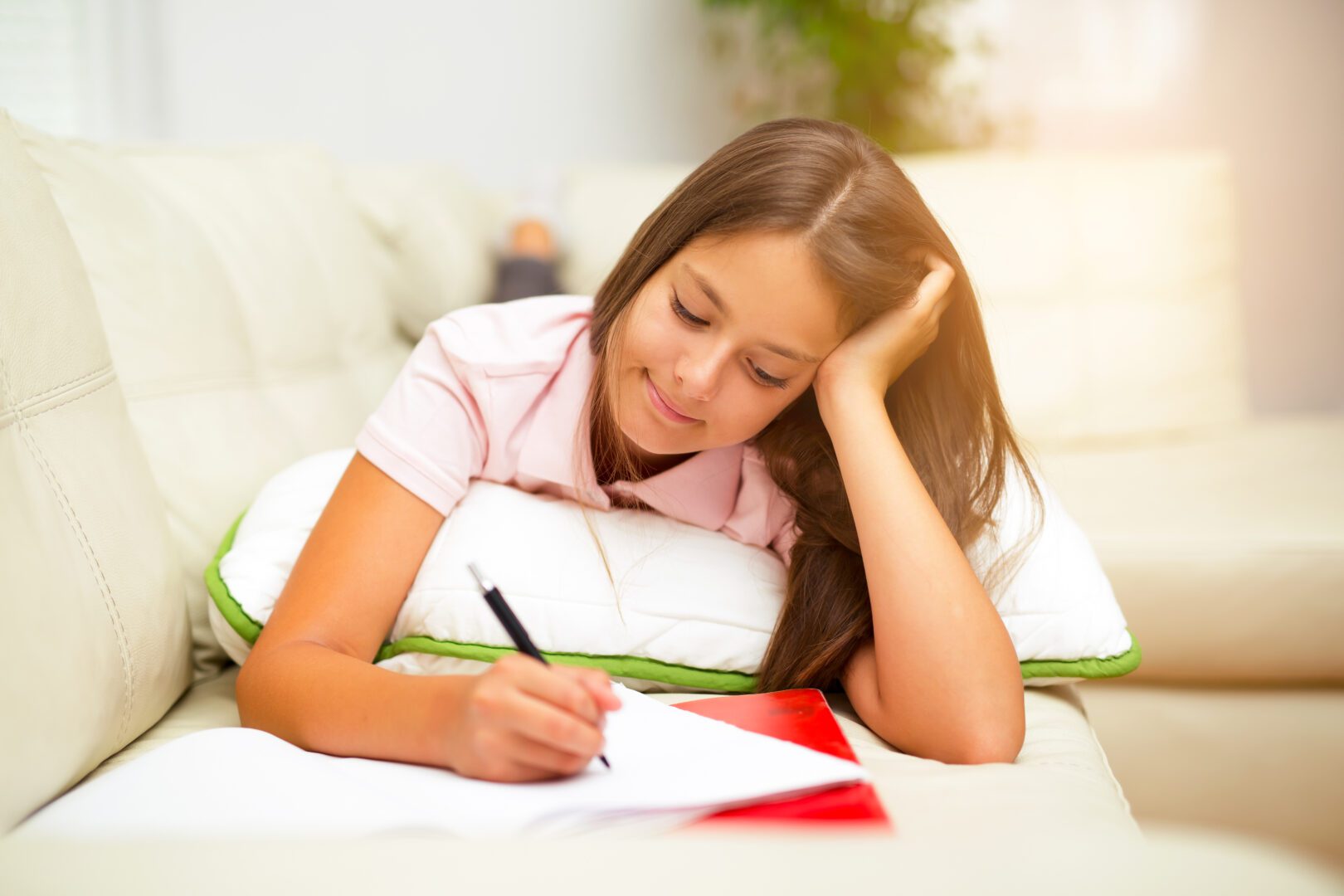Call it what you want—handwriting, cursive writing or script— a recent survey of 612 elementary schools in the United States found that 41 percent of teachers are no longer teaching cursive writing as part of the curriculum.
The art may be headed for extinction, but, do we care? In today’s techno-literature culture, where kids can operate computers before they can read, is teaching cursive writing a nostalgic throwback to a bygone era?
Some school boards and parents think yes: they’d prefer to use the class time—which is at a premium—to focus on keyboarding skills.
However, parents in the ‘pro-cursive’ corner are fighting back— and getting a response to their complaints. Some states are adopting their own rules and revising the national standards. Beginning in the 2015-2016 school year, Arkansas Lawmakers made cursive writing instruction mandatory in the state’s public elementary schools. Other states bringing cursive back to the curriculum include California, Georgia, Kansas and North Carolina. In Ohio, one school district is getting creative by teaching cursive as part of art classes.
But what about those times when technology isn’t available to us, and we have to rely on our foundation in the educational basics—reading, writing, and arithmetic?
And what about the crossover? Kids are being taught by teachers who habitually write in cursive on the board and in grading comments, but the students can’t read it. Tennessee state Rep. Sheila Butt received a phone call from a mother who said she had a concern about her son, a junior high school student. She explained that her son’s history teacher was writing homework assignments on the board in cursive—and her son couldn’t read them.
So, the question remains, should we let cursive writing become a casualty of the digital era and focus classroom time on highly practical keyboarding skills? Or should we reconsider the importance of the art? After all, some American institutions still require signatures and experts say that printed letters are easier to forge.
Should classroom time be dedicated to learning script?
Cursive supporters say, yes, it’s still a needed skill, especially when it comes to writing tests and in-class essays. Cursive is fast, fluid, and more automatic than printing due to there being less stopping and starting, and it tends to lead to more creative expression in written essays.
If time is of the essence when writing essays, then cursive is quicker. But in order to get a point across, handwriting needs to be legible, or students can lose grades. So students still need to practice their penmanship; after all, if a teacher can’t read it, it can’t be graded.
And even in these times of texts and tweets, using pen and paper is still the most brain stimulating. Research suggests that writing in cursive actually activates different parts of the brain. It’s good for kid’s fine motor skills and can help students retain more information and generate more ideas. There is also evidence that kids who learn cursive rather than printing score better on reading and spelling tests, possibly because the continuity of writing in cursive forces the writers to think of words as wholes instead of parts
Furthermore, learning to write in cursive is shown to improve brain development in thinking, language, and working memory. This is because cursive handwriting stimulates brain synapses and synchronicity between the left and right hemispheres, a benefit absent from printing and typing.
So, if they aren’t going to learn it in school and teaching your tech-savvy kids a scrolled script using pen and paper seems too low-tech, well, there’s an app for that. Students can practice their cursive on iPads and iPhones.
The irony of using technology to practice a supposedly out-dated skill is duly noted.







